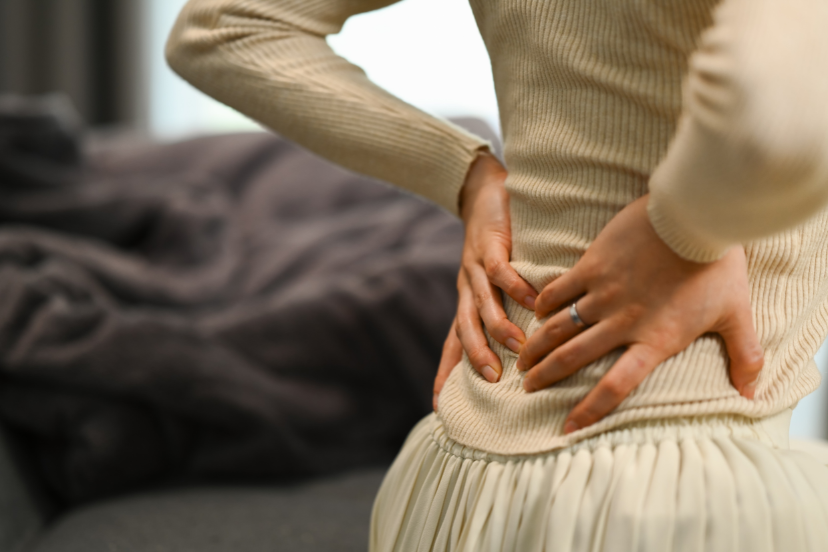Managing Osteoporosis Pain: A Comprehensive Guide
Unveiling the Challenge
Living with osteoporosis brings unique challenges, with pain being a significant aspect. Let’s delve into practical approaches and expert insights for effectively managing osteoporosis pain.
Managing Osteoporosis Pain: An Introduction
Osteoporosis pain can impact daily life, but with the right tools and knowledge, it’s possible to regain control. This guide will empower you to navigate the journey of managing osteoporosis pain effectively.
Understanding Osteoporosis Pain
Defining Osteoporosis: Before addressing pain management, understanding osteoporosis is crucial. It’s a condition where bones become weak and brittle, increasing the risk of fractures.
Types of Osteoporosis Pain: Osteoporosis pain can manifest in various forms, including localized pain in the spine or joints, fractures, and muscle spasms. Recognizing the type of pain is the first step in effective management.
Lifestyle Changes for Pain Management
Nutrition for Bone Health: Adopting a diet rich in calcium and vitamin D is essential for maintaining bone density. Incorporate dairy, leafy greens, and fortified foods into your meals.
Exercise to Strengthen Bones: Engage in weight-bearing exercises and resistance training to improve bone strength and reduce the risk of fractures. Consult with a healthcare professional for a personalized exercise plan.
Posture and Body Mechanics: Maintaining good posture and practicing proper body mechanics can alleviate stress on bones and joints, minimizing pain. Simple adjustments in daily activities can make a significant difference.
Treatments for Osteoporosis Pain
Medications for Pain Relief: Your healthcare provider may prescribe medications to manage pain and prevent further bone loss. Bisphosphonates, hormone therapy, and pain relievers are common options.
Physical Therapy and Rehabilitation: Working with a physical therapist can enhance flexibility, strength, and overall function. Targeted exercises can address specific areas of pain and improve mobility.
Minimally Invasive Procedures: In severe cases, minimally invasive procedures like vertebroplasty or kyphoplasty may be recommended to stabilize fractures and reduce pain.
FAQs About Managing Osteoporosis Pain
1. Can jobs affect osteoporosis pain?
Yes, certain occupations, especially those involving heavy lifting or prolonged sitting, can contribute to osteoporosis pain. Choose jobs that prioritize bone health.
2. Are there specific exercises to avoid with osteoporosis?
High-impact exercises like jumping or activities that involve forward bending may increase the risk of fractures. Consult with a healthcare professional for safe exercise recommendations.
3. How can nutrition impact osteoporosis pain?
A balanced diet rich in calcium and vitamin D promotes bone health and can positively impact osteoporosis pain management.
4. Is osteoporosis pain constant, or does it come and go?
Osteoporosis pain can vary from constant discomfort to intermittent sharp pains, depending on the severity of the condition and individual factors.
5. Can alternative therapies help manage osteoporosis pain?
Some individuals find relief through acupuncture, massage, or chiropractic care. Consult with your healthcare provider before exploring alternative therapies.
6. What role does stress play in osteoporosis pain?
Chronic stress can contribute to muscle tension and exacerbate osteoporosis pain. Stress management techniques, such as meditation or yoga, may be beneficial.
Conclusion
Effectively managing osteoporosis pain involves a multifaceted approach, encompassing lifestyle changes, medical interventions, and a proactive mindset. By understanding the nuances of osteoporosis and implementing personalized strategies, individuals can take significant strides towards a more comfortable and fulfilling life. Always consult with healthcare professionals to tailor a pain management plan that suits your unique needs and circumstances.




